After spending fall term studying how anthropologists piece together the story of human evolution, 15 students traveled to South Africa to conduct scientific research of their own.
The students were enrolled in the anthropology class “Experiencing Human Origins and Evolution,” taught by Associate Professor Jeremy DeSilva and Professor Nathaniel Dominy. Over the course of three weeks in South Africa, the students and professors traveled to significant dig sites—and even uncovered a fossil while participating in a dig at a World Heritage site.
See photos from their time in South Africa below.
Photos
Image
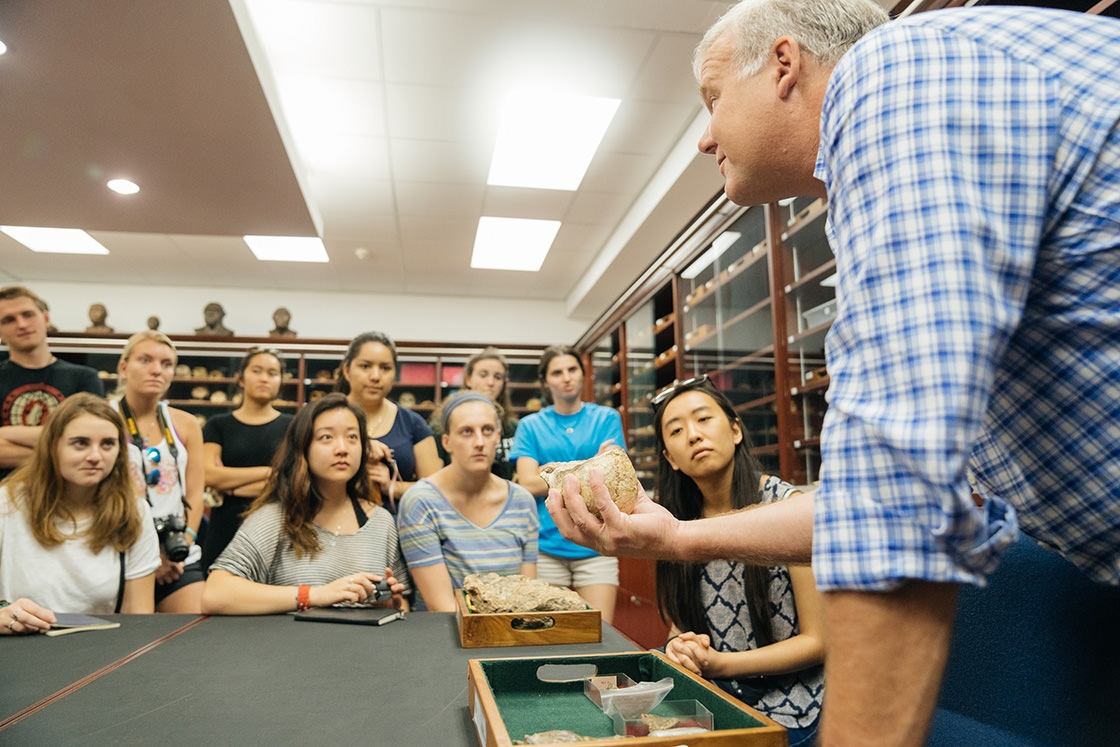
The class starts its time in South Africa with a trip to the University of Witwatersrand, where Professor Lee Berger, a prominent paleoanthropologist, shows off fossils held in the university’s collection, including this skull from Makapansgat, an important archaeological site in South Africa. (Photo by Eli Burakian ’00)
Image
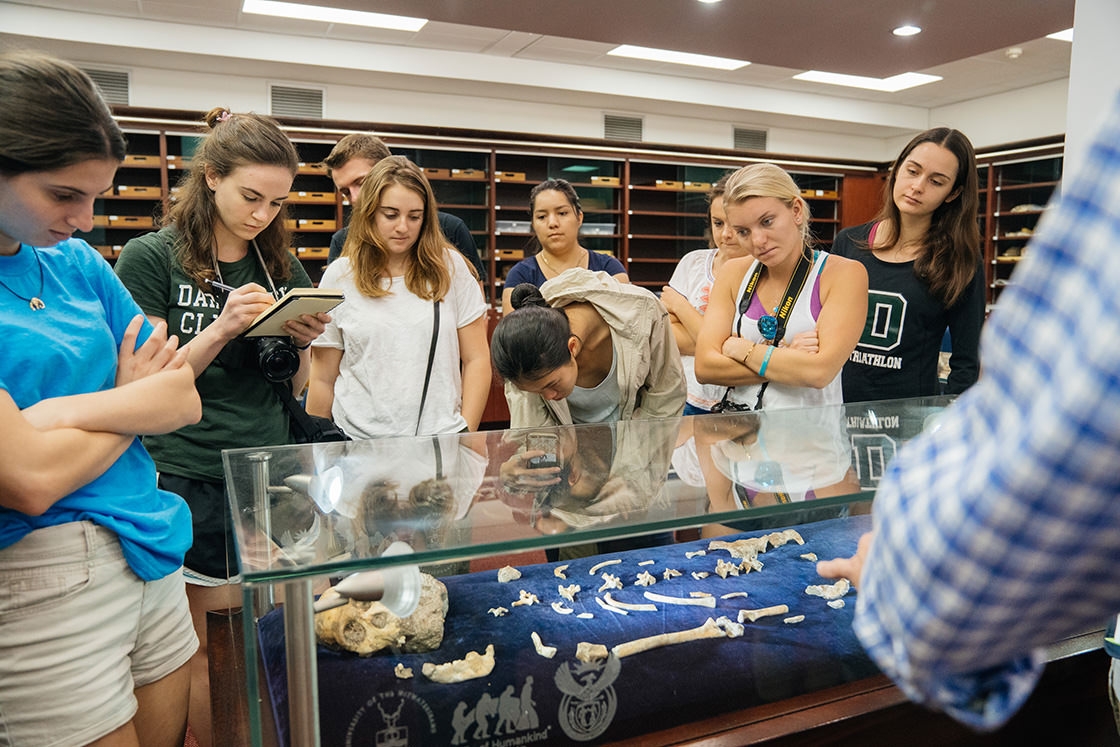
The class examines the partial skeleton of a specimen of Australopithecus sediba, a hominid that lived about 2 million years ago and was discovered by a team led by Lee Berger. The fossil is believed to be from a boy. (Photo by Eli Burakian ’00)
Image
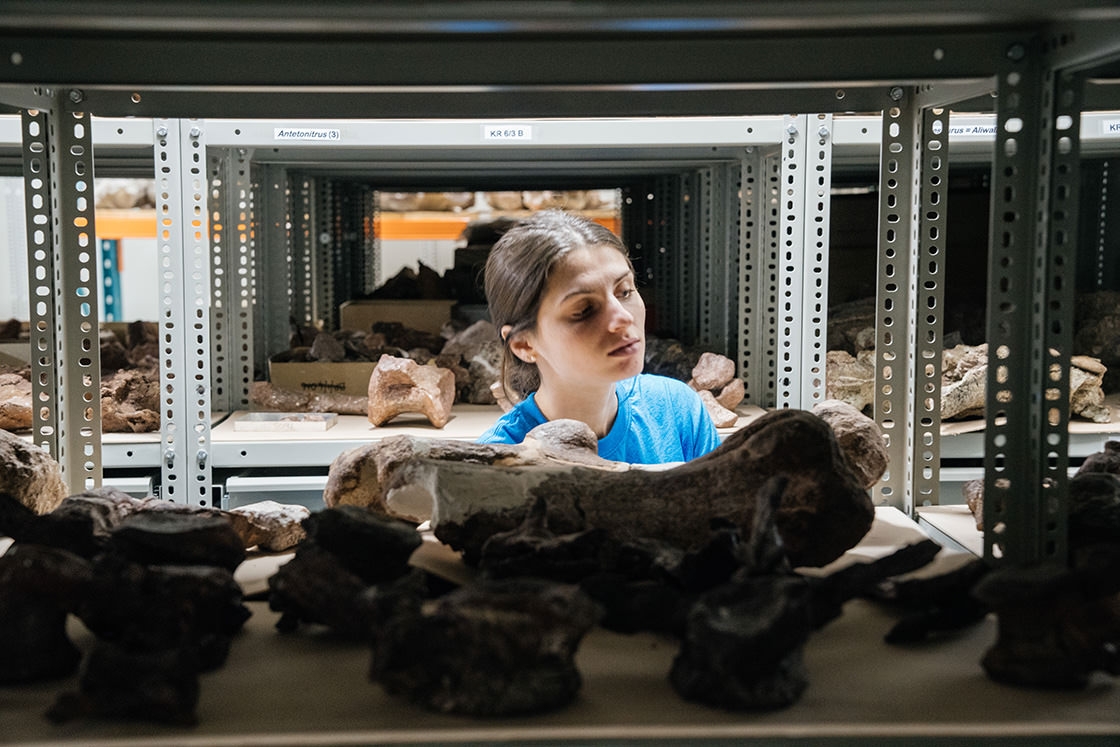
Olivia Wiener ’19 explores the dinosaur fossils in the collections at Witwatersrand. (Photo by Eli Burakian ’00)
Image
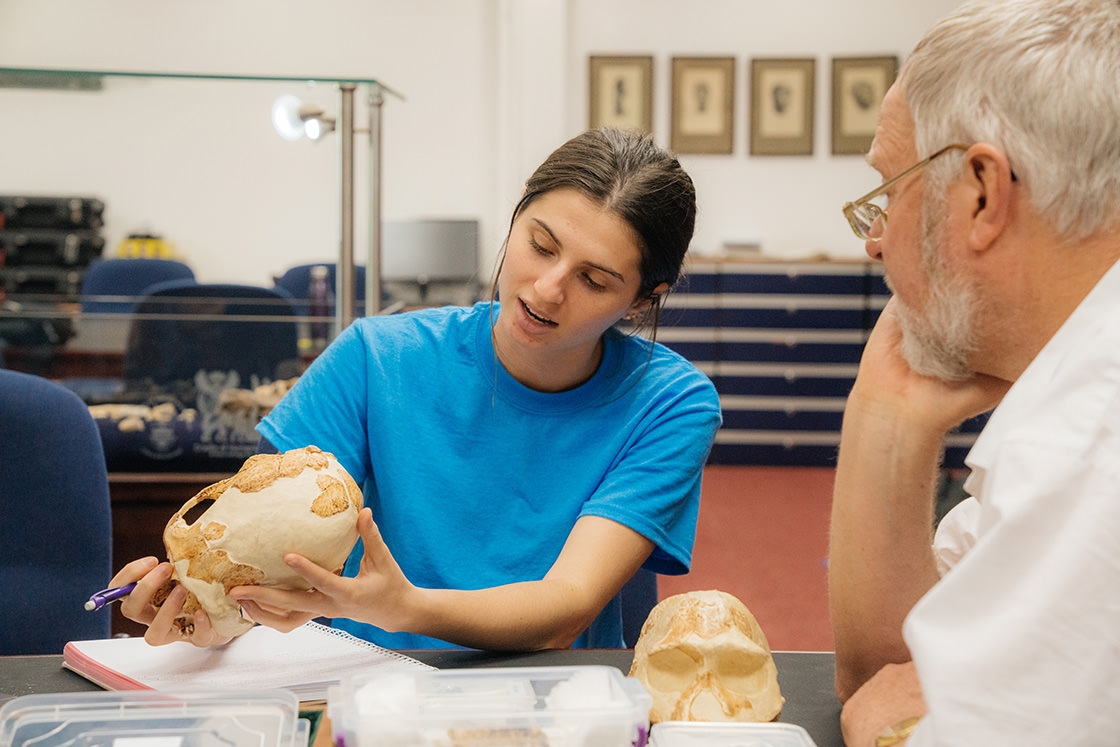
While in South Africa, each student worked on an individual research project. Here Olivia Wiener ’19 takes a close look at fossilized skull fragments with Francis Thackeray, an anthropologist at Witwatersrand. (Photo by Eli Burakian ’00)
Image
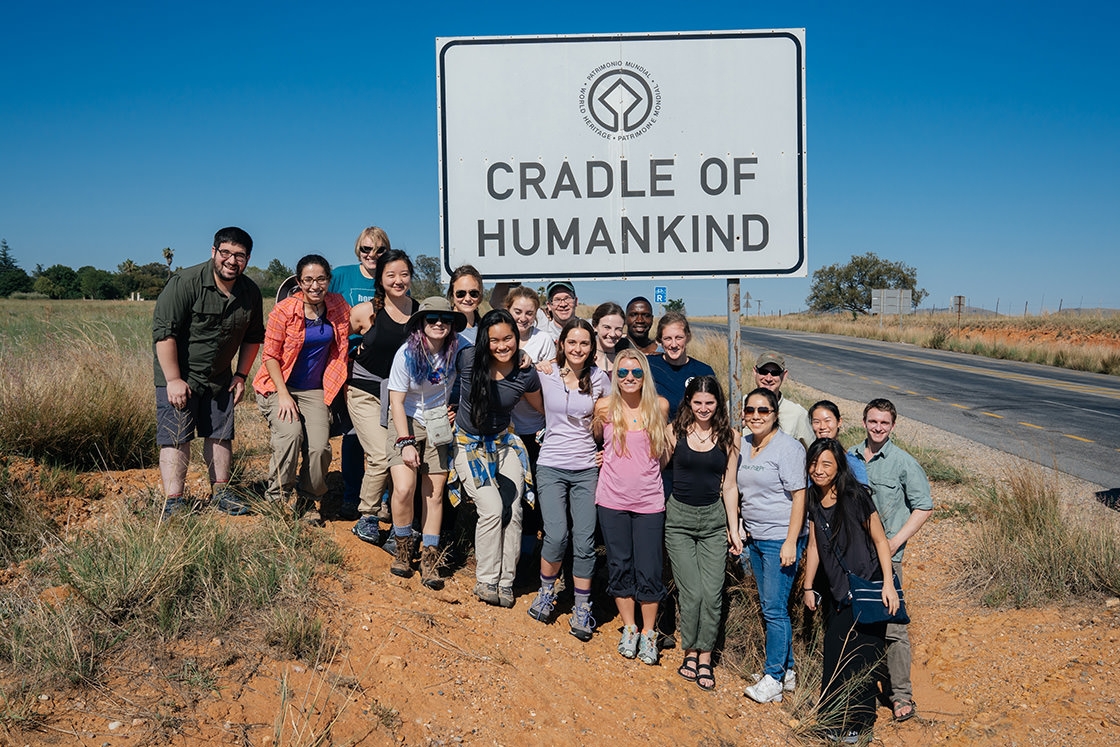
The class poses at the entrance to the Cradle of Humankind World Heritage Site, a place famous for the many hominid species discovered there. During their week at the Cradle of Humankind, the students visited several archaeological sites and worked on a dig.Front row: Adam Nemeroff, an instructional designer who traveled with the class; Jessica Kittleberger ’18; Kathy Li ’17; Keira Byno ’19; Elizabeth T. K. (Kalei) Akau ’18; Katherine Clayton ’18; Lauren Gruffi ’17; Olivia Wiener ’19; Cindy Ramirez ’18; Saemi Han ’18. Back row: Ellison McNutt GR; Jacqueline Saralegui ’18; Julia Cohen ’18
Image
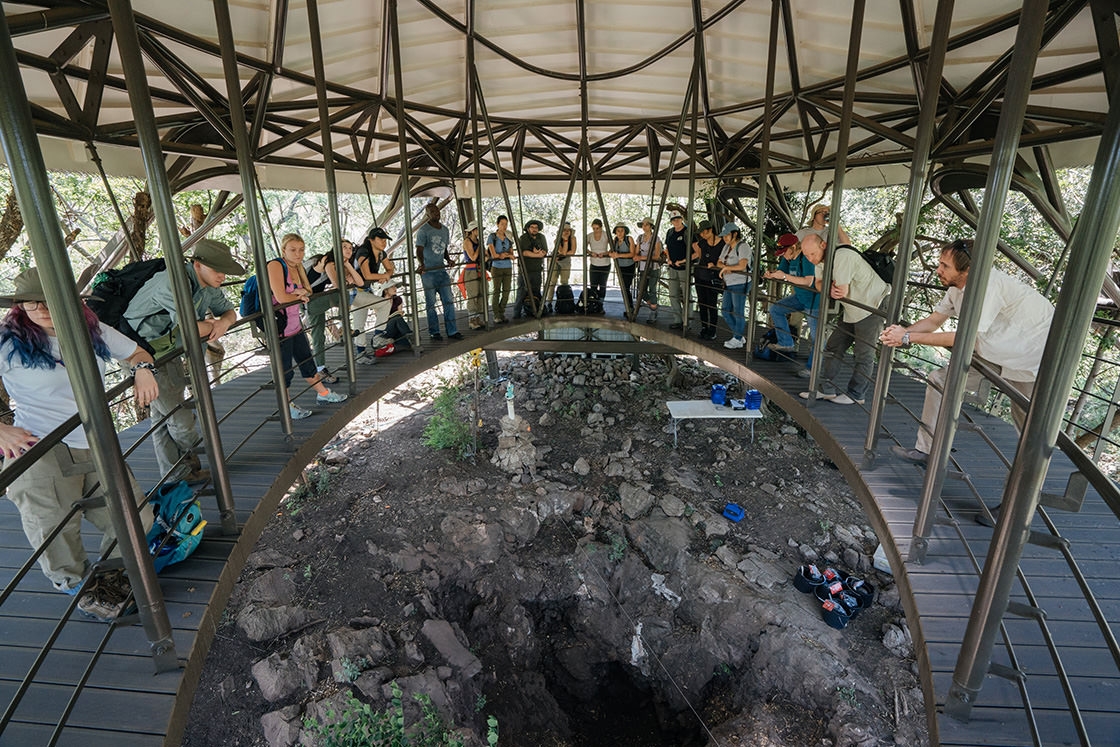
The class looks at the Malapa dig site from a viewing platform designed to provide a close view of the site without disturbing the ongoing work. The structure sits on eight legs that can be moved to provide different vantage points (Photo by Eli Burakian ’00)
Image
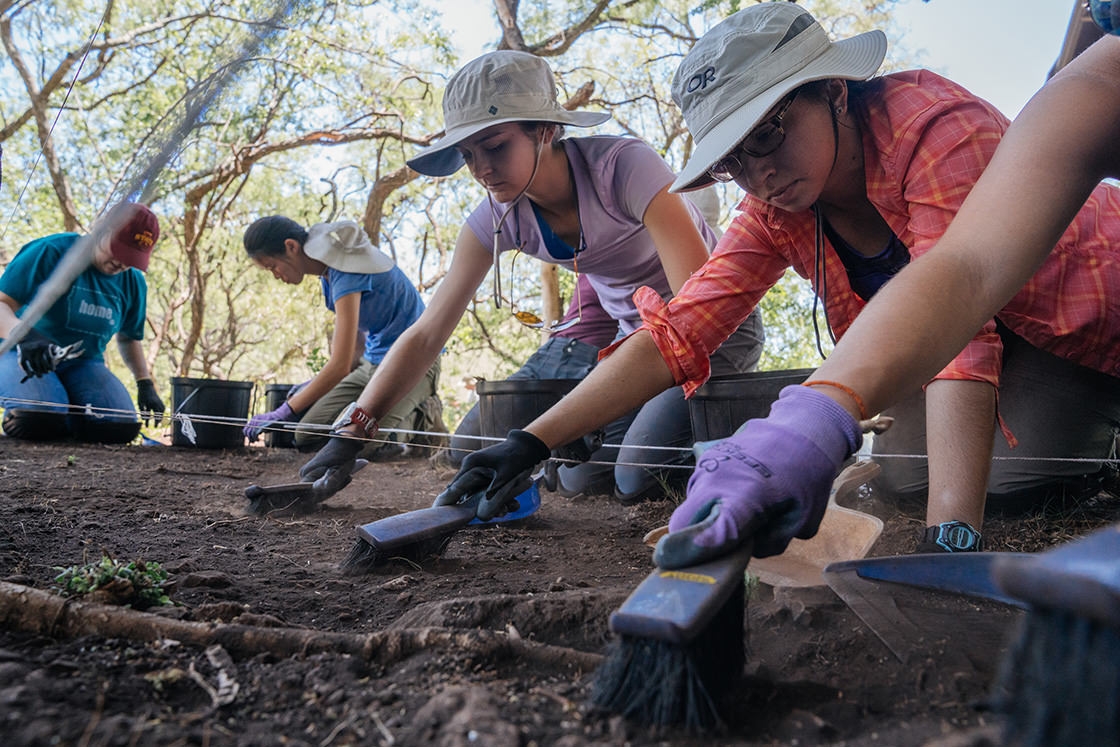
Jessica Kittelberger ’18 and Katherine Clayton ’18 work at the Malapa archeological site. The site is divided with string into one-meter square sections. But before starting to dig into a section, they have to remove surface debris, which they do using brushes and dustpans. (Photo by Eli Burakian ’00)
Image
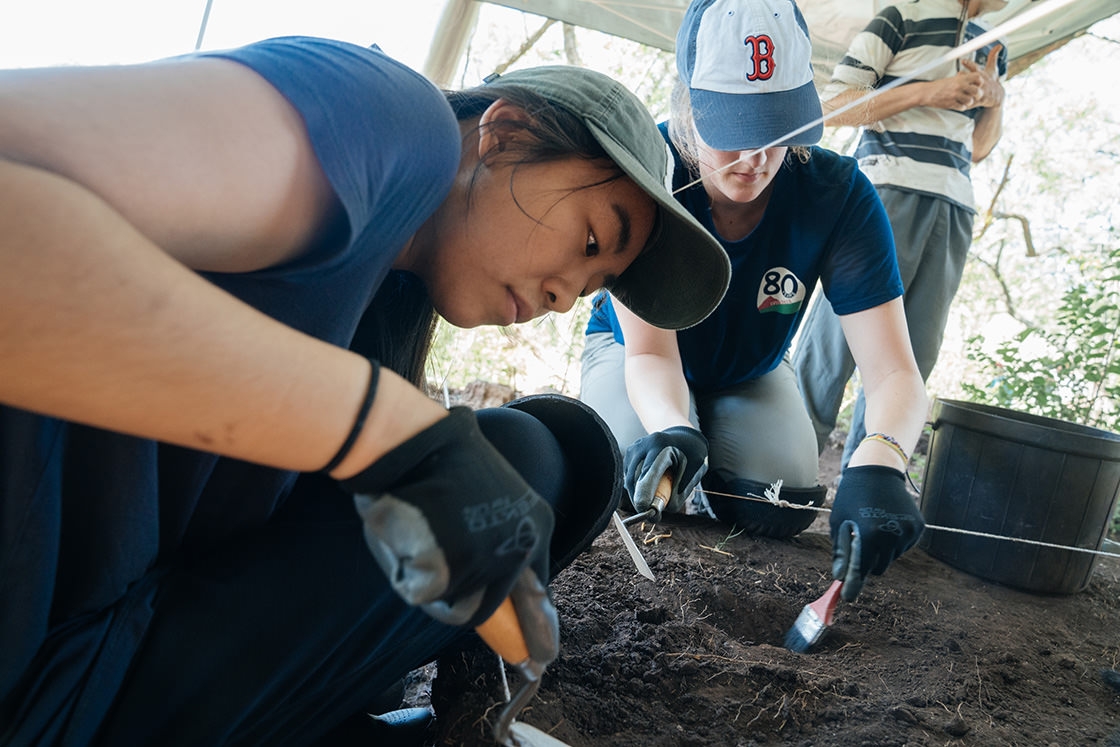
With the surface debris removed, Saemi Han ’18 and Abigail Reynolds ’17 start gently digging into one of the sections, proceeding in 10-centimeter layers. (Photo by Eli Burakian ’00)
Image
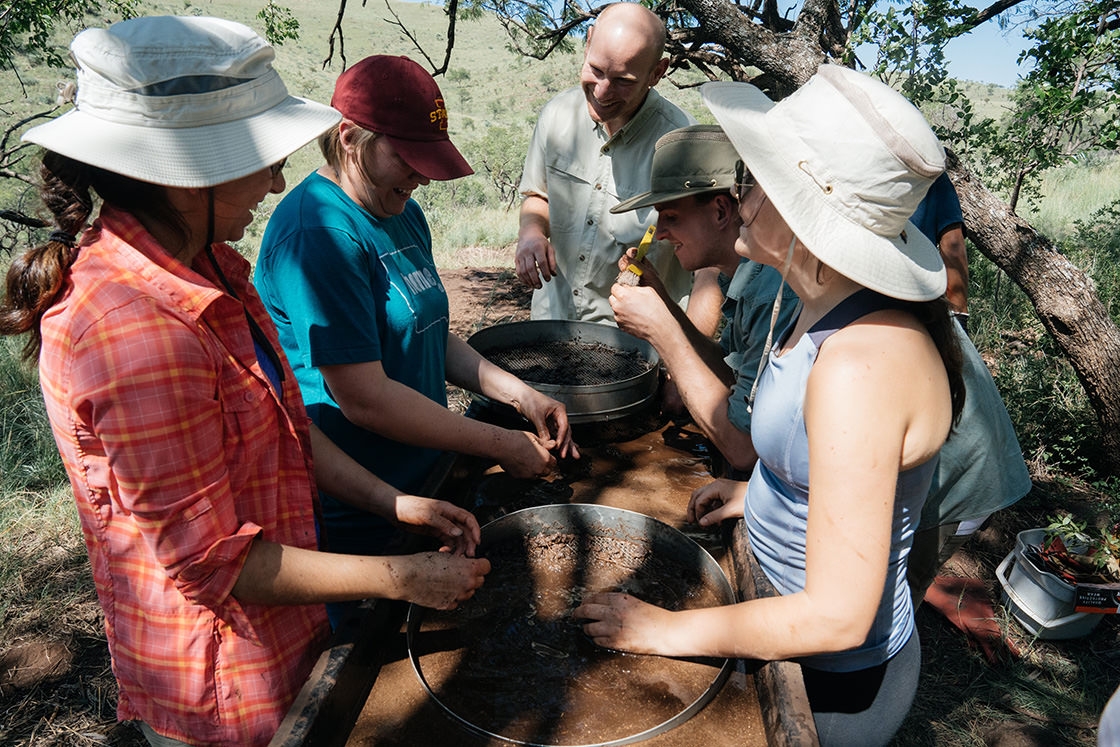
As fragments are gathered from the site, the team uses water and large sifters to identify pieces of breccia—or rock fragments—that may contain fossils. (Photo by Eli Burakian ’00)
Image
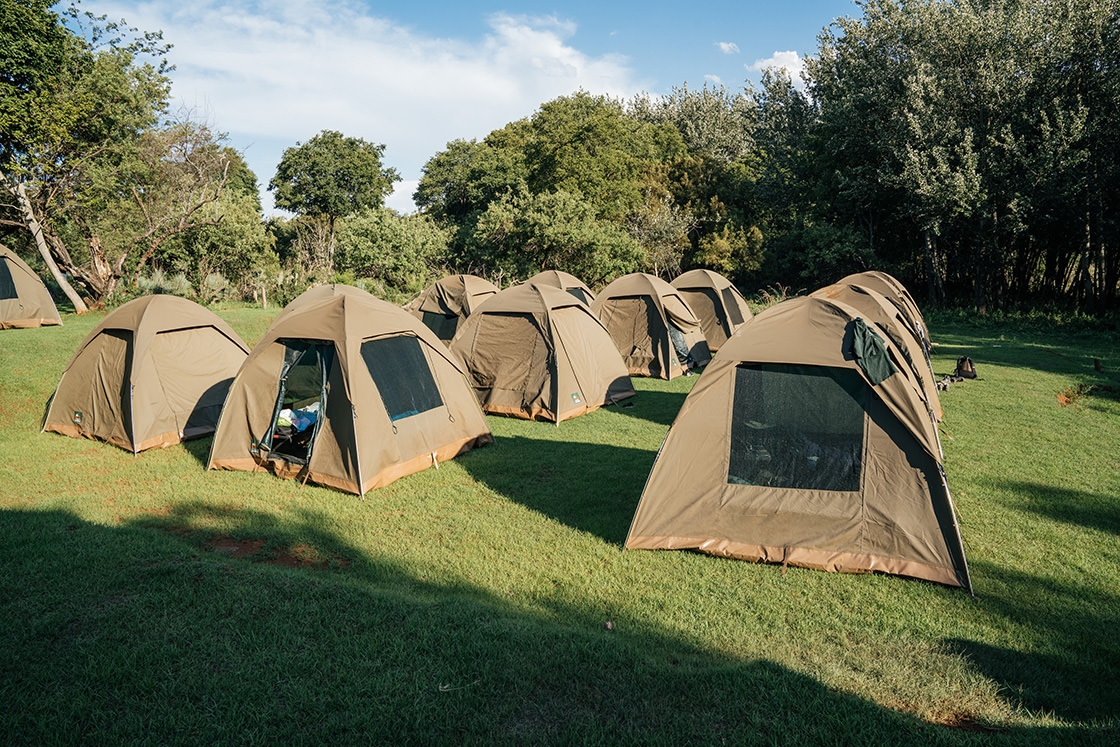
Tents provide a temporary home for the class during the stay at the Cradle of Humankind. Breakfast and dinner were eaten at a hotel a mile away (Photo by Eli Burakian ’00)
Image
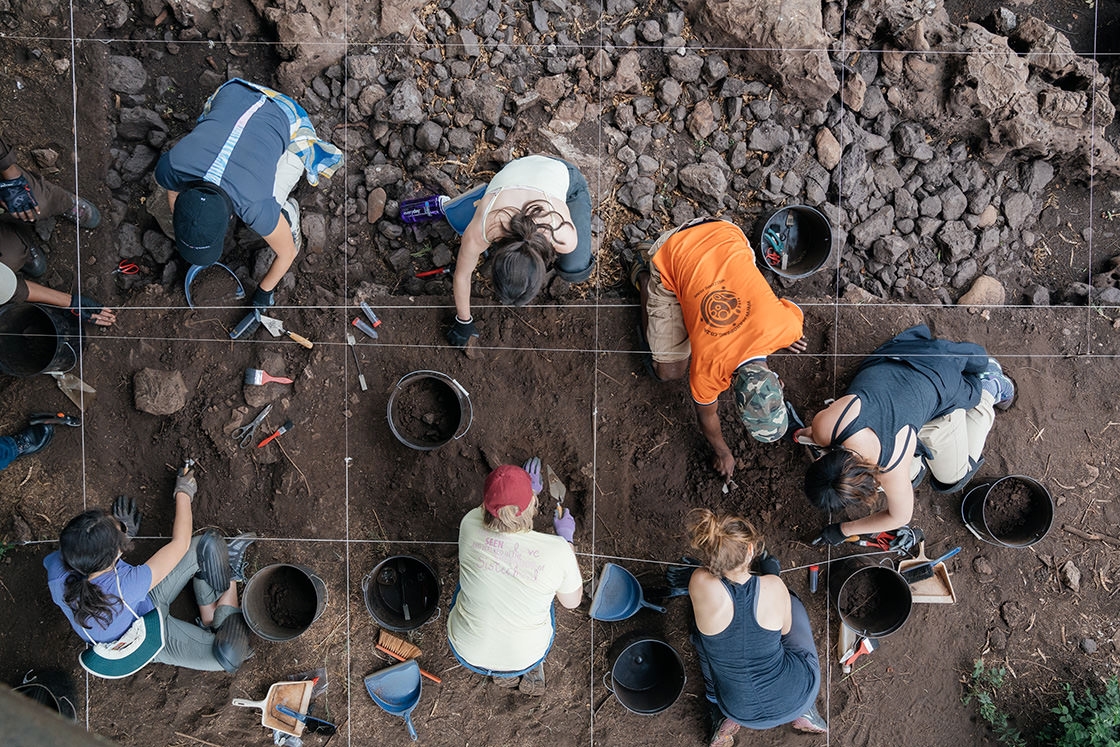
Students and workers work meticulously to uncover deeper layers of soil and, perhaps, fossils. (Photo by Eli Burakian ’00)
Image
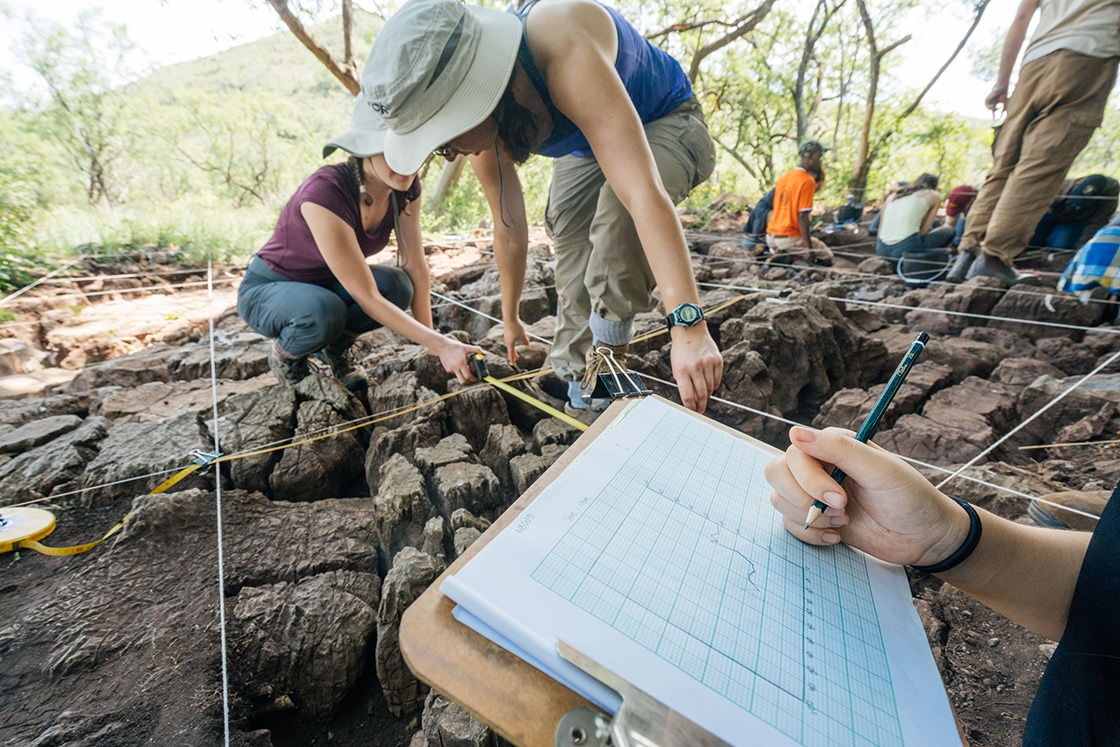
After digging down 10 centimeters, the students pause to create detailed maps of the permanent rock formations in each square. (Photo by Eli Burakian ’00)
Image
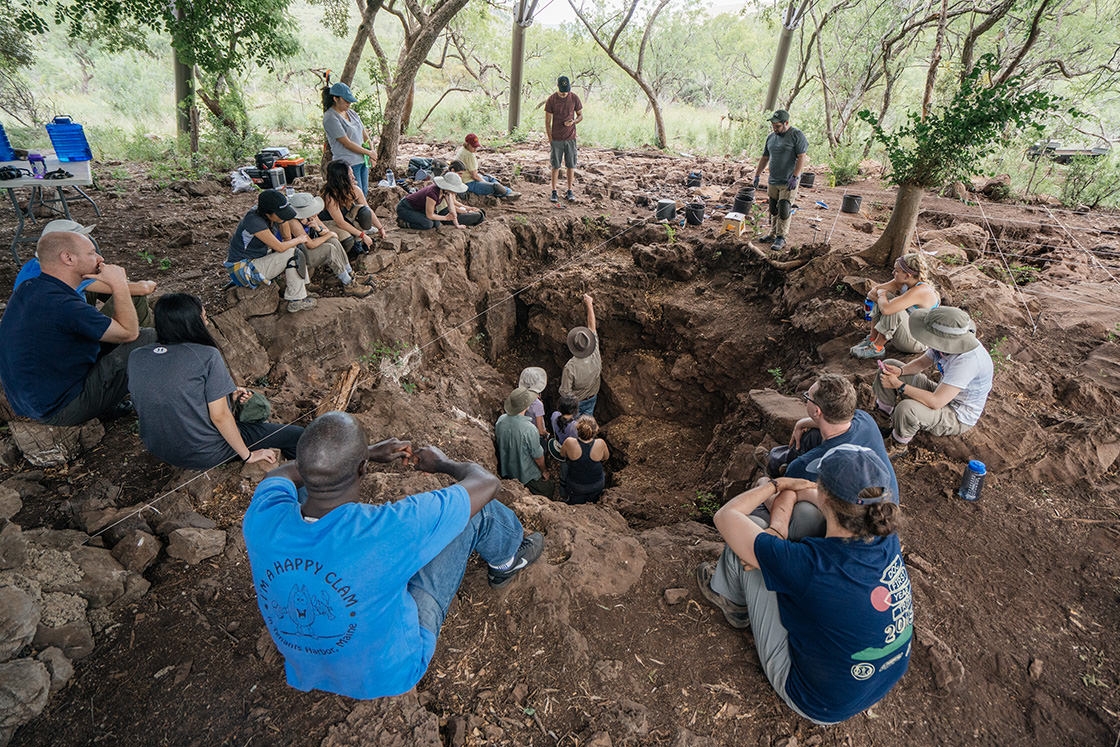
Lee Berger (center, in hat) points to fossils of Australopithecus sediba still embedded in the rock. In 2008, Lee’s son Matthew, who was 10 at the time, found the first fossil at the site in a piece of breccia that had been blown out of the hole (seen here) by blasting for road construction. (Photo by Eli Burakian ’00)
Image
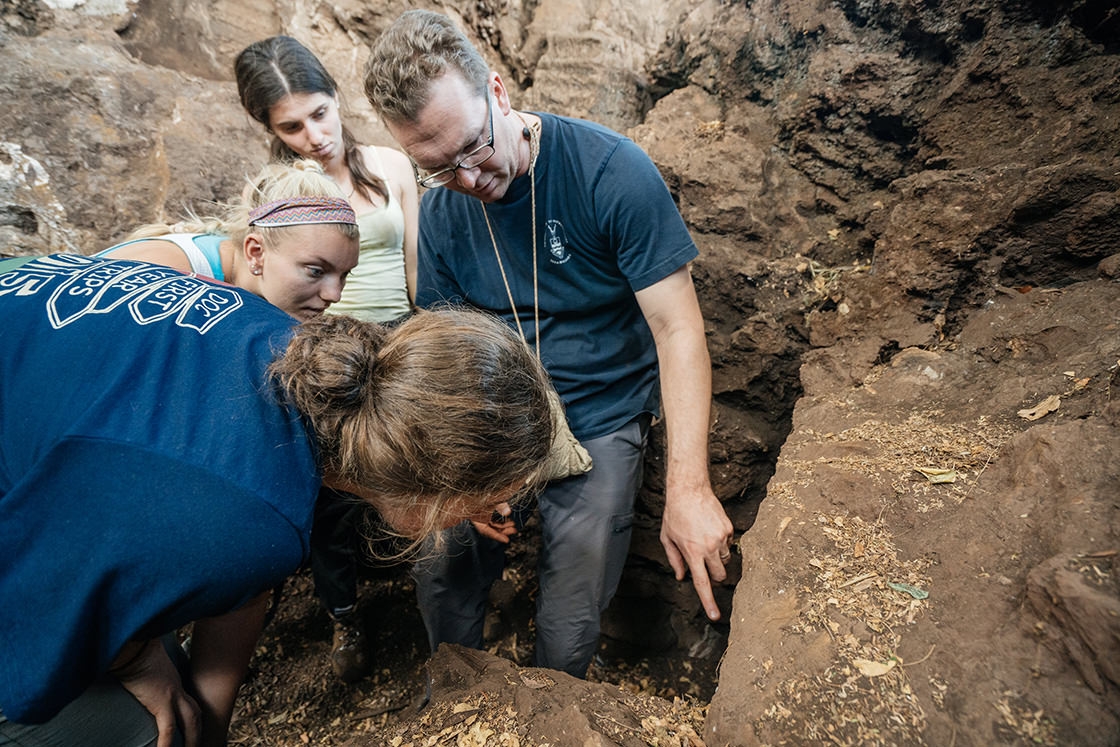
Jeremy DeSilva, an associate professor of anthropology and co-leader of the course, talks to Abigail Reynolds ’17, Lauren Gruffi ’17, and Olivia Wiener ’19 about the Australopithecus sediba fossils. (Photo by Eli Burakian ’00)
Image
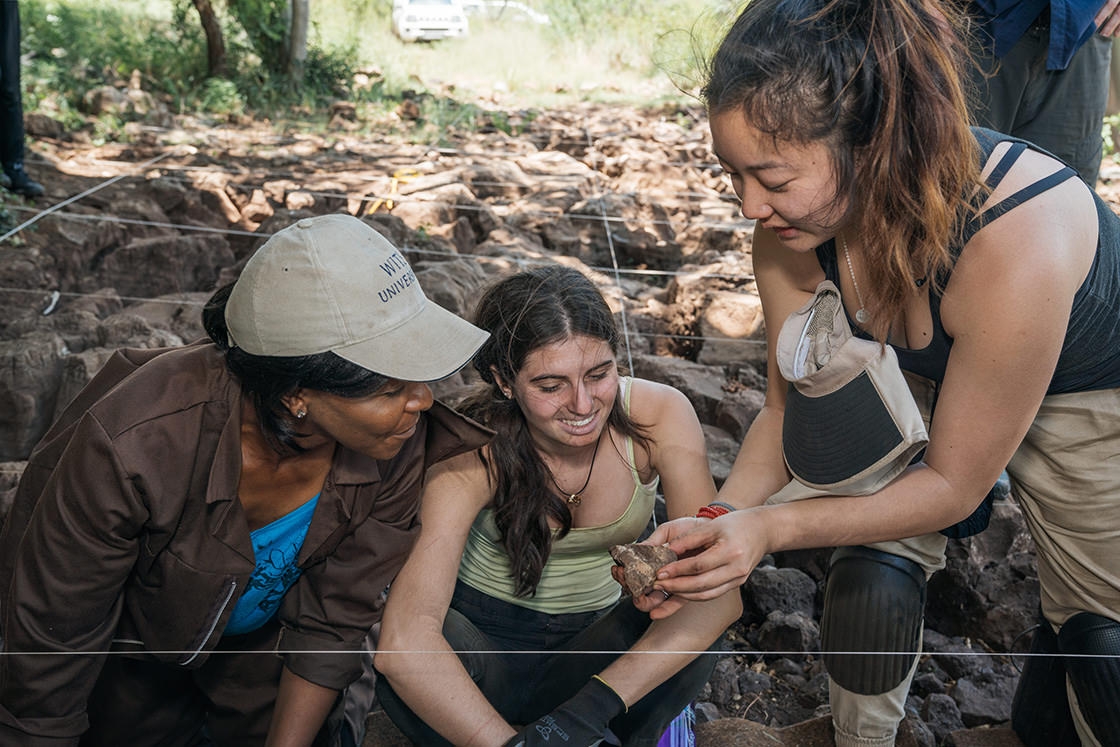
Cathy Li ’17 holds a fossil of Australopithecus sediba she uncovered during the dig. Read more about this discovery. (Photo by Eli Burakian ’00)
Image
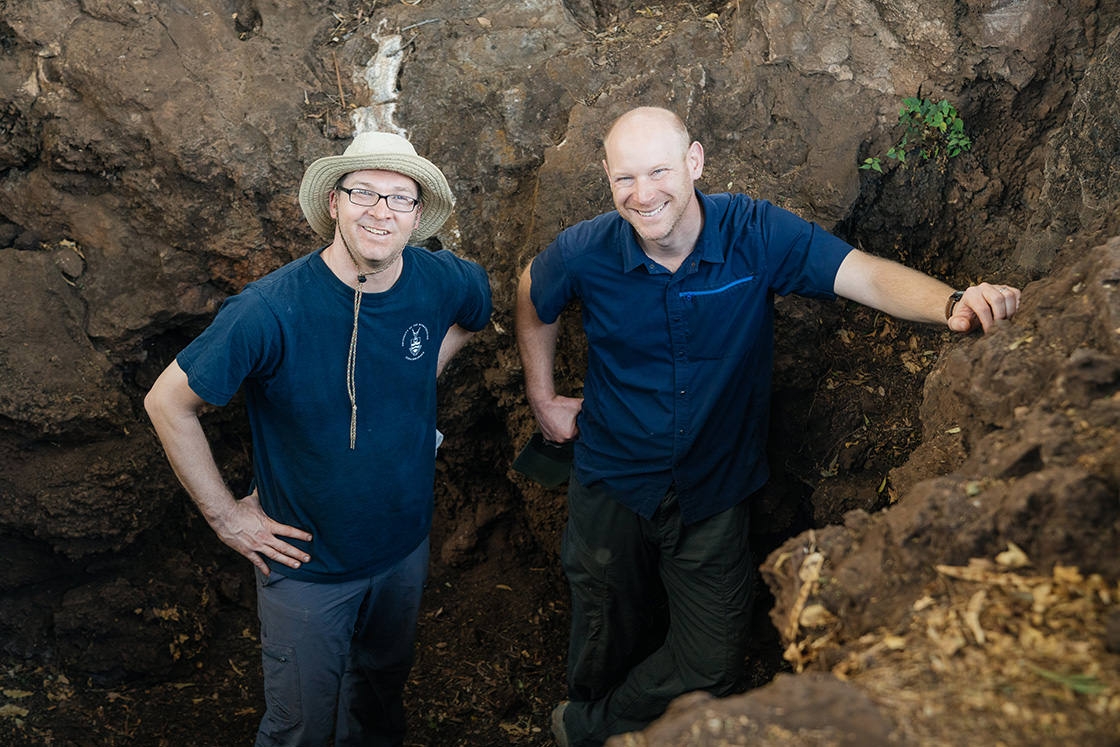
DeSilva (left) and Nathaniel Dominy, a professor of anthropology, taught the course, Anthropology 70: “Experiencing Human Origins.” (Photo by Eli Burakian ’00)
Image
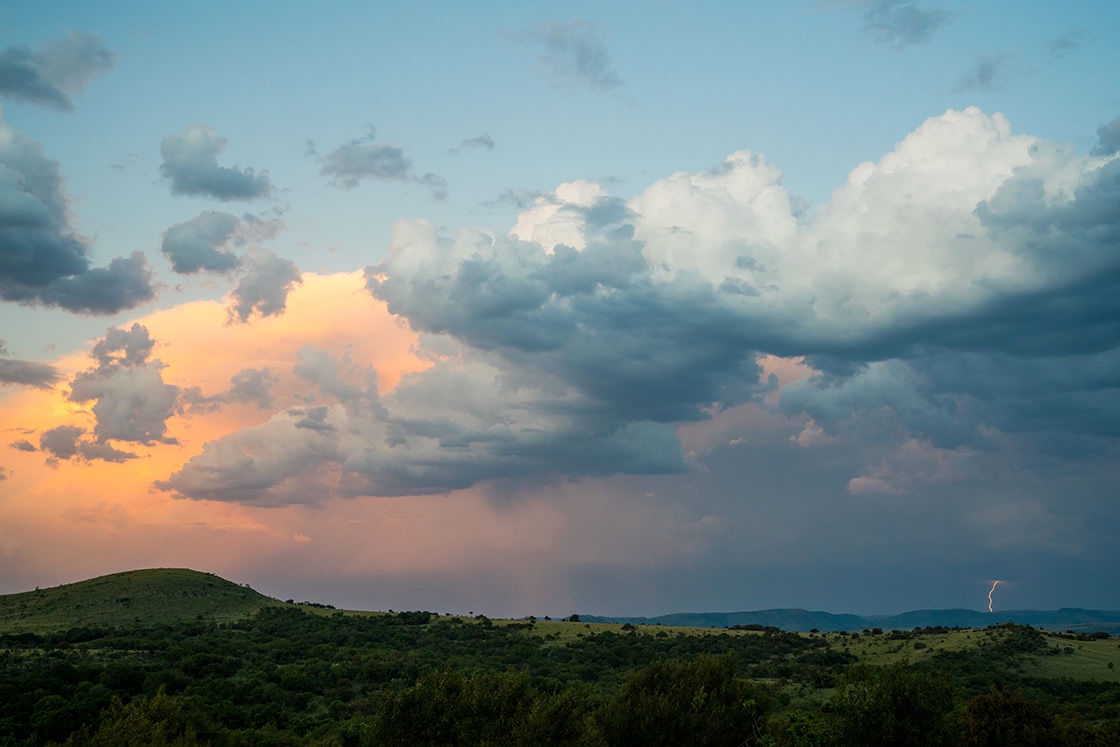
Sunset and a lightning strike light up the night sky. (Photo by Eli Burakian ’00)
Image
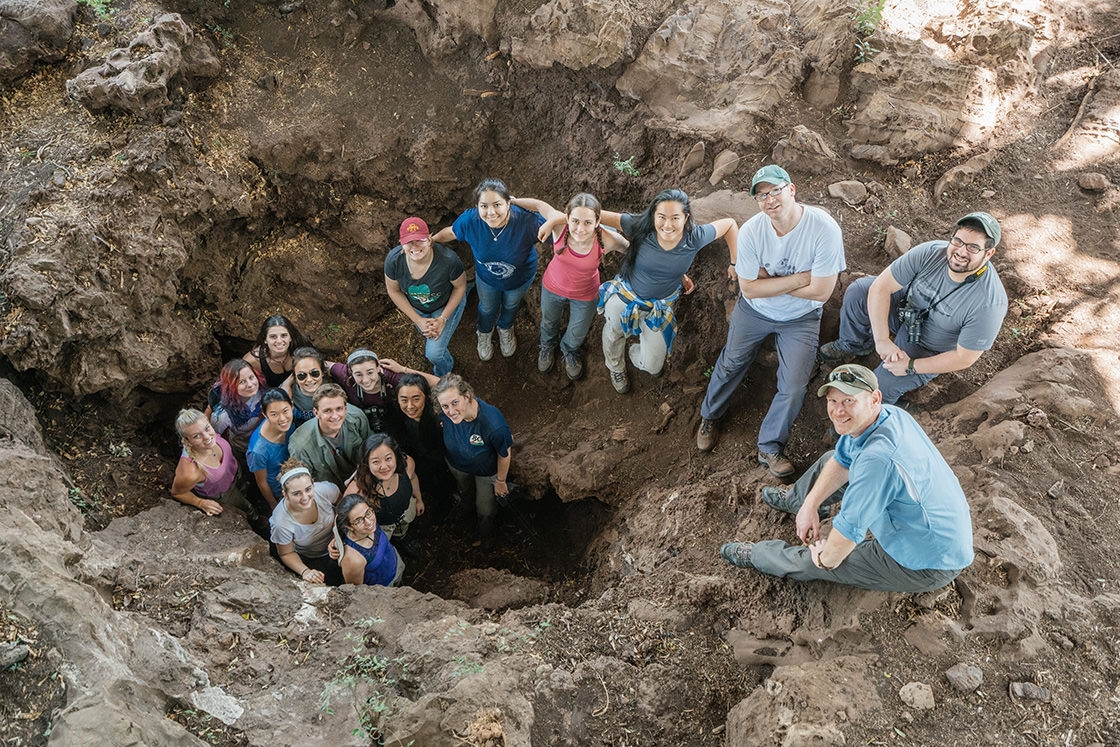
The class poses at the Malapa dig site. (Photo by Eli Burakian ’00)
Image
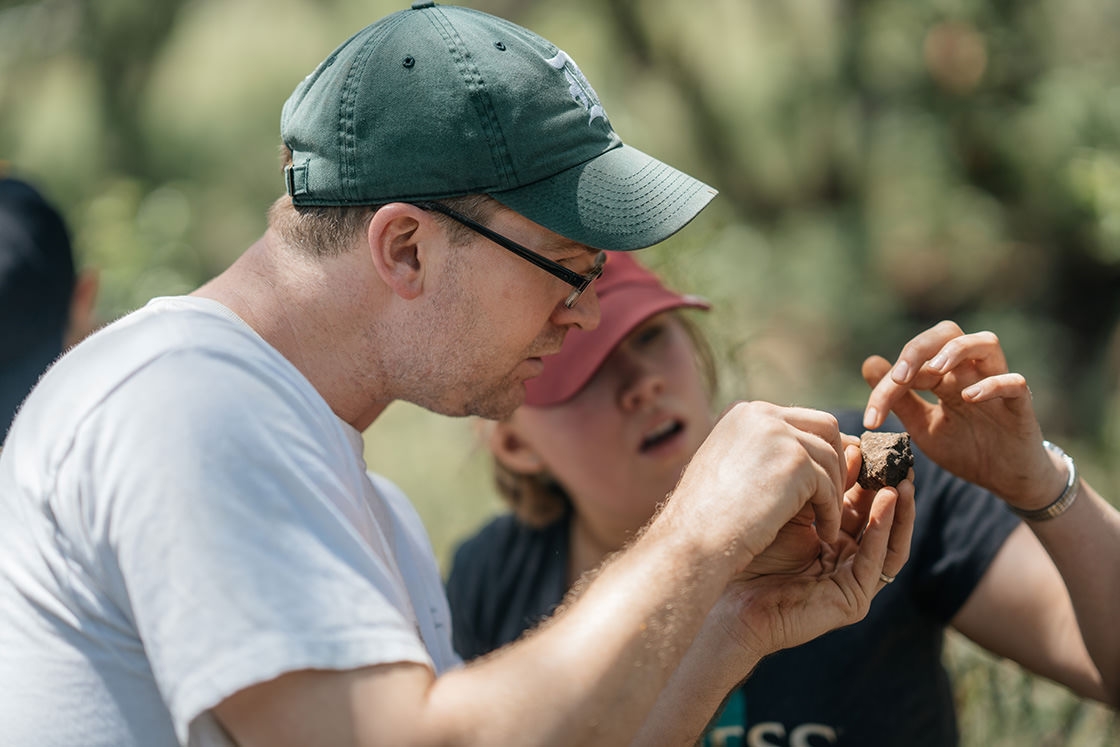
DeSilva and Ellie McNutt, a graduate student working with DeSilva, take a close look at a fossil embedded within the breccia (rock fragments) around it. (Photo by Eli Burakian ’00)
Image
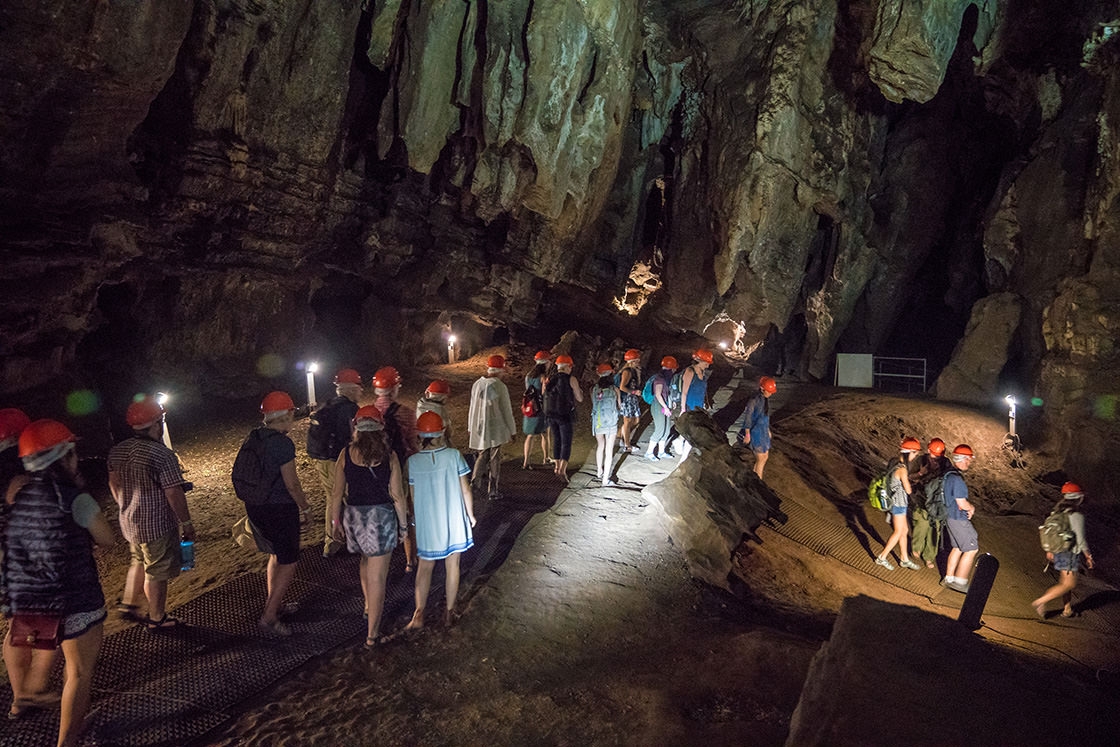
The class met up with a Dartmouth alumni tour of South Africa in the Cradle of Humankind. Here they descend into the Sterkfontein cave system, which is both an impressive geological feature and a significant archaeological site (Photo by Eli Burakian ’00)
Image
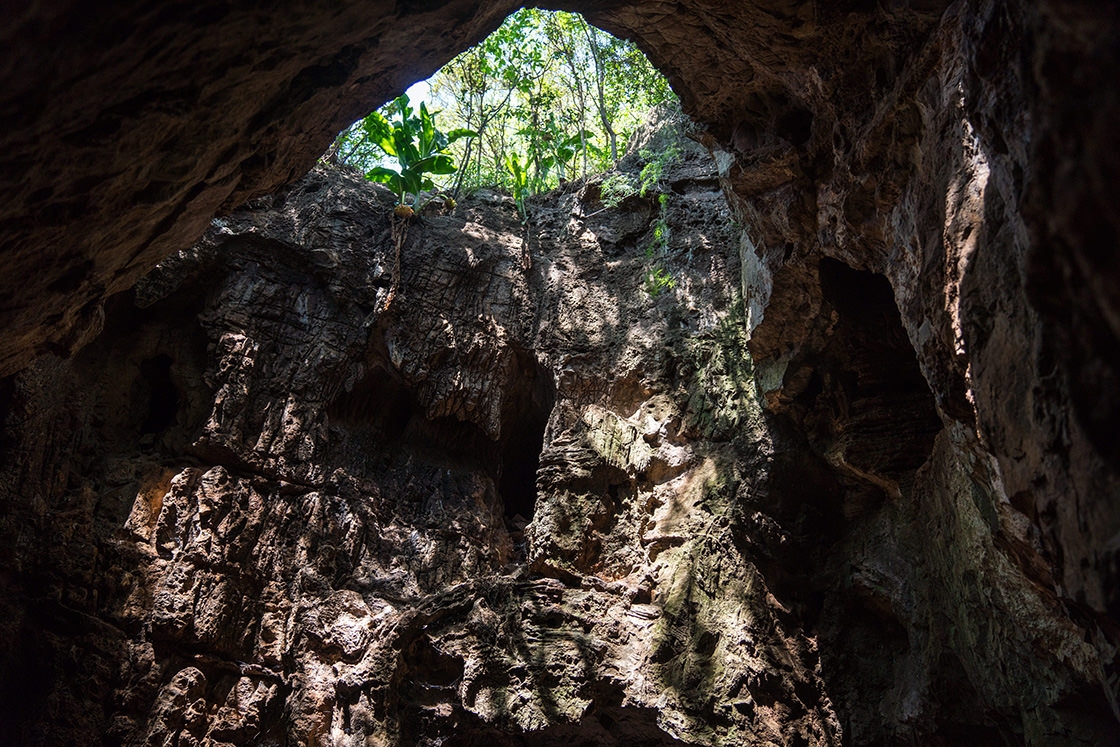
This hole in the ground lies above Lee Berger’s most recent discovery: a cave home to hundreds of fossils of a previously undiscovered species of hominid, Homo naledi. Jeremy DeSilva is one of the anthropologists on an international team who analyzed the fossils found in the cave and published the findings in the fall of 2015. (Photo by Eli Burakian ’00)
Image
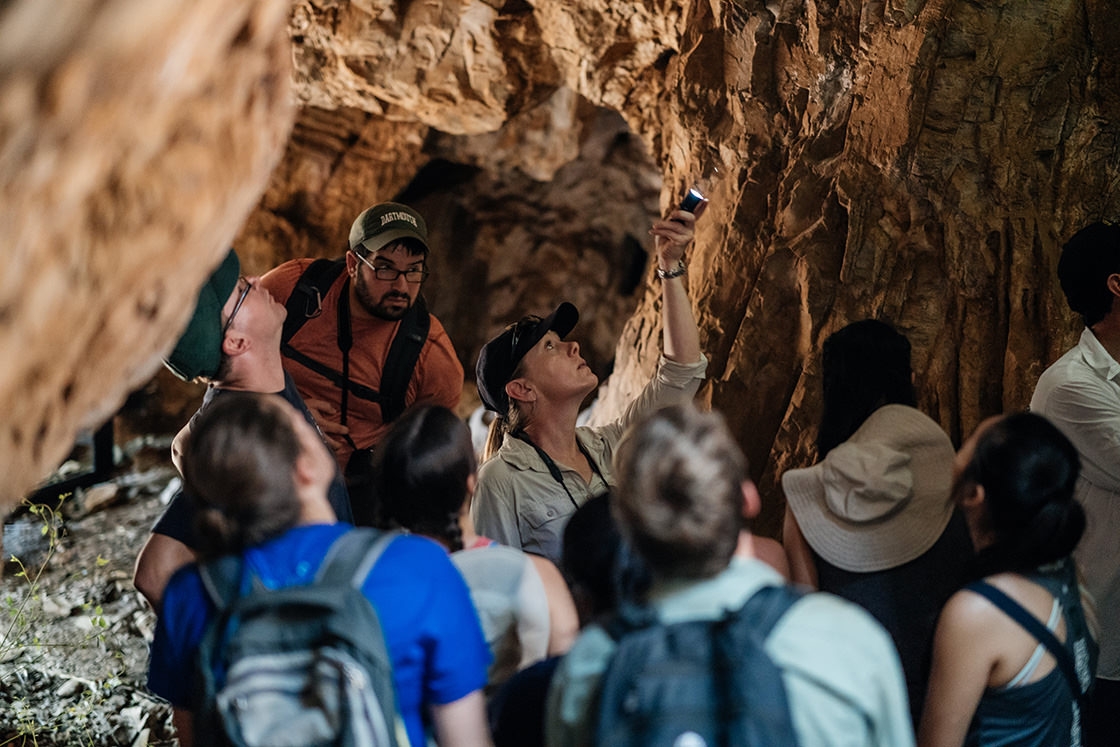
Marina Elliot, a researcher at the University of Witwatersrand, points to a feature in the entrance to the cave at Rising Star, the site where the Homo naledi fossils were discovered. Elliott talked to the class about the discovery at Rising Star and her own path into anthropology. (Photo by Eli Burakian ’00)
Image
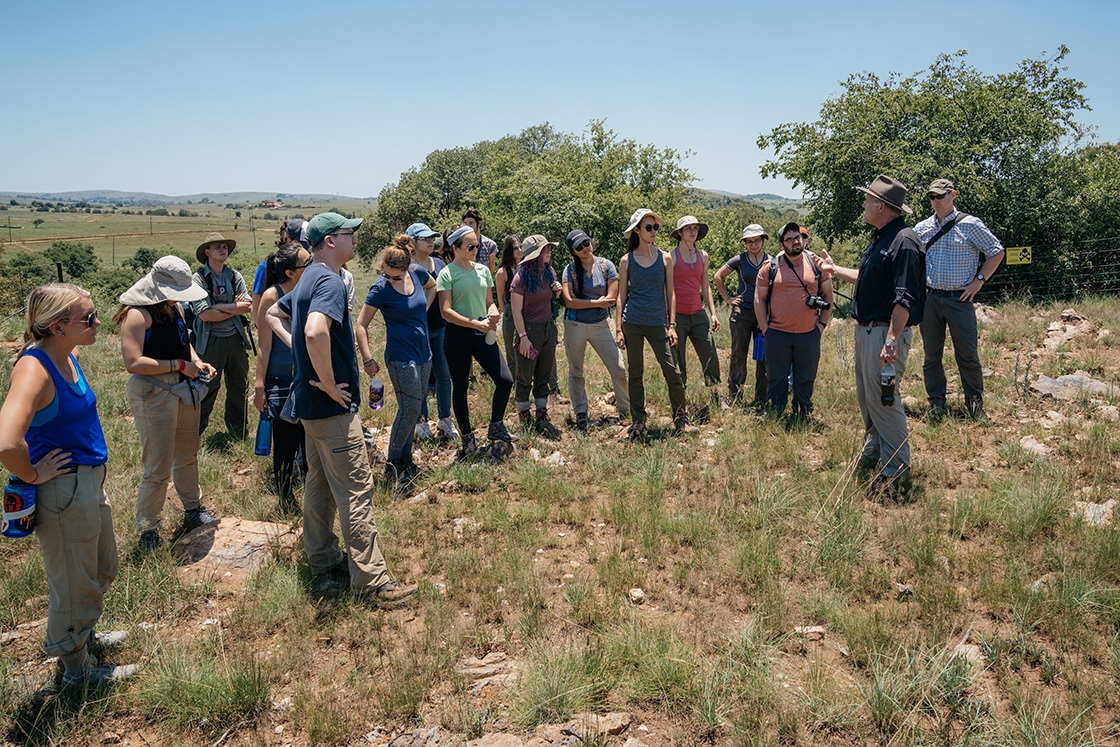
Lee Berger talks to the class at the Rising Star site about where they thought the original entrance to the cave would have been. (Photo by Eli Burakian ’00)
Image
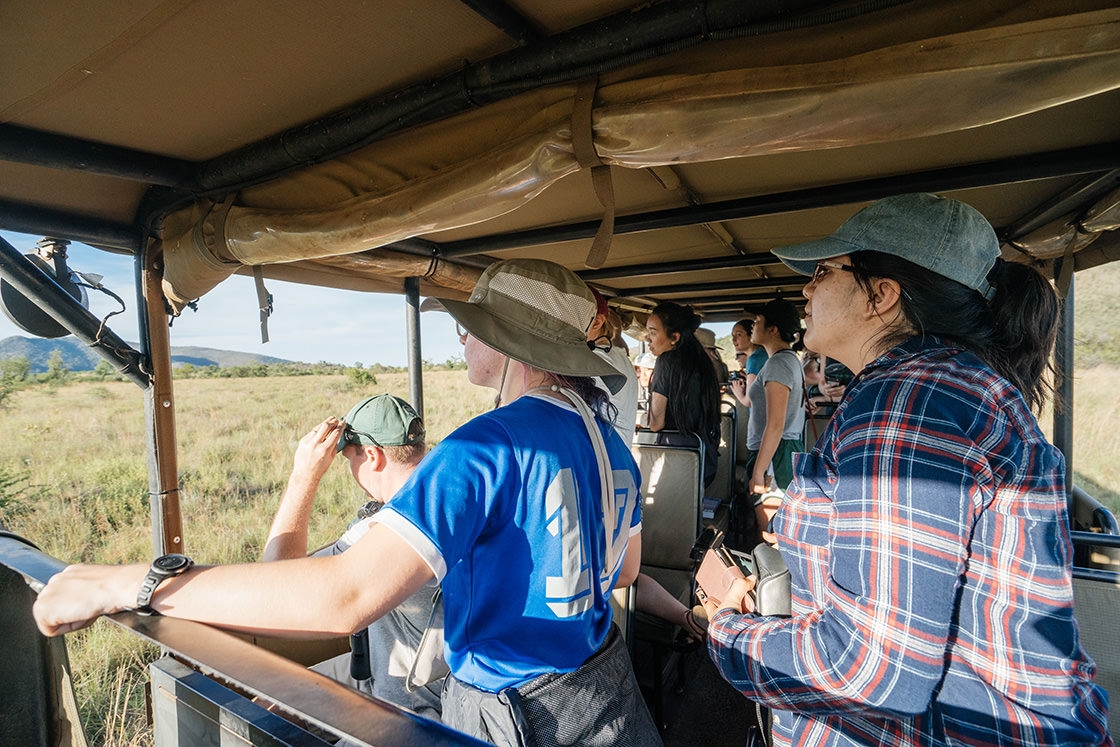
The class spent two days at Pilanesberg National Park, home to lions, giraffes, and other animals. The tour of the park gave students the opportunity to conceptualize the type of environment in which early hominids lived. (Photo by Eli Burakian ’00)
Image
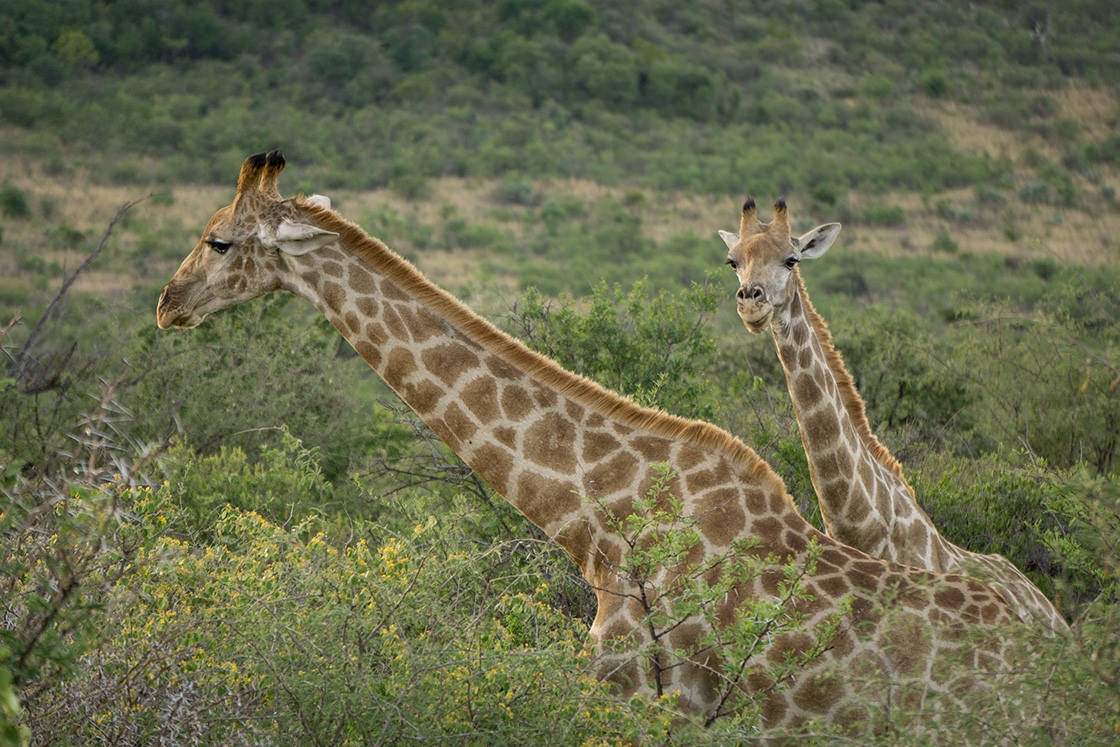
Two giraffes take note of the vehicle as it drives through the park. (Photo by Eli Burakian ’00)
Image
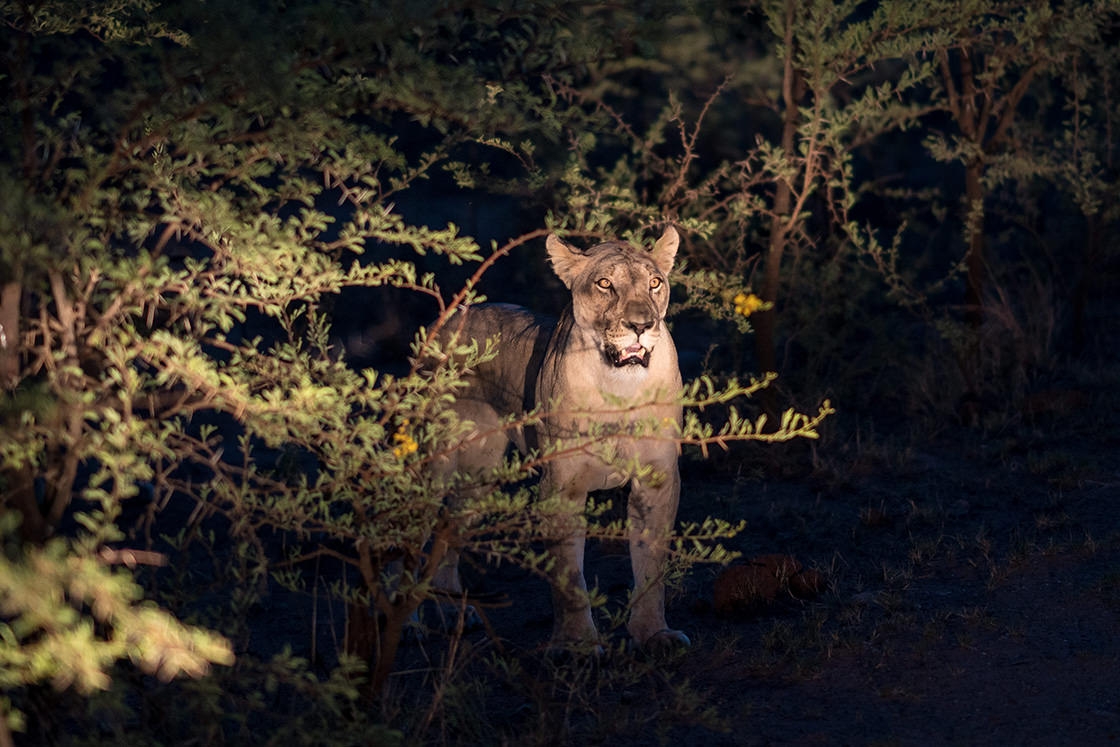
The appearance of this lion just after sunset in the park prompted the students to consider what it might have been like to live in an environment where lions weren’t just interesting safari sights but cohabitants. (Photo by Eli Burakian ’00)
Image
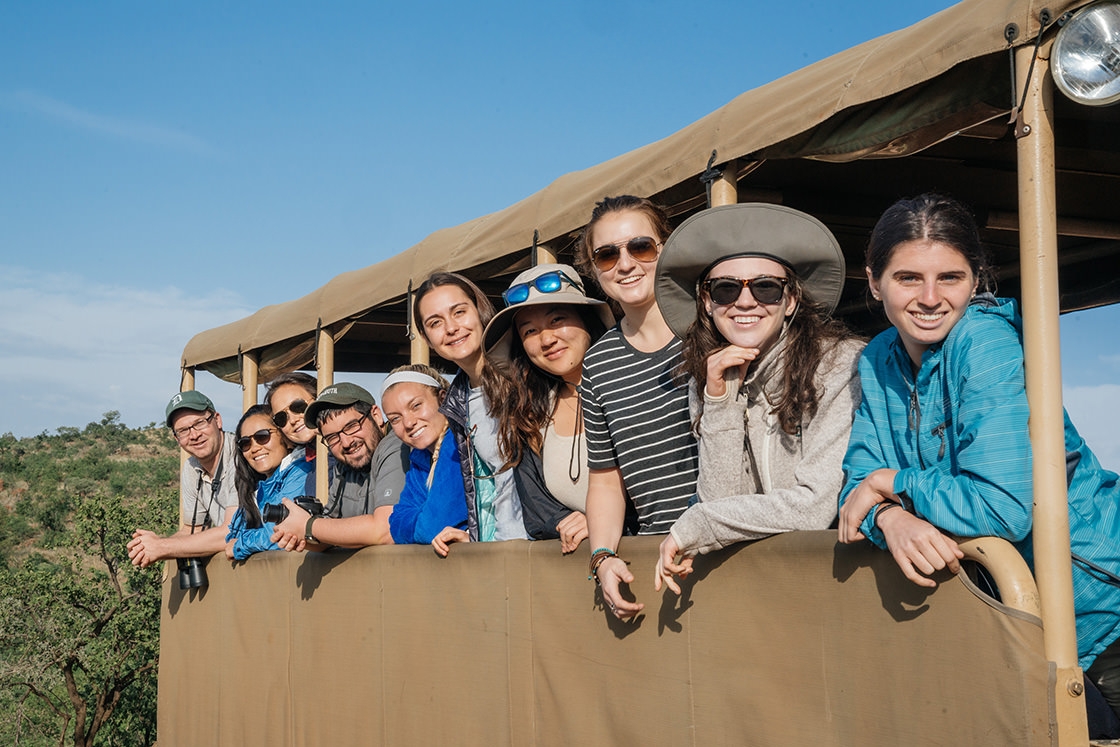
After splitting into two groups for safaris on the second day of their time in Pilanesberg National Park, students pose for a photo in the back of the safari vehicle. (Photo by Eli Burakian ’00)
Image
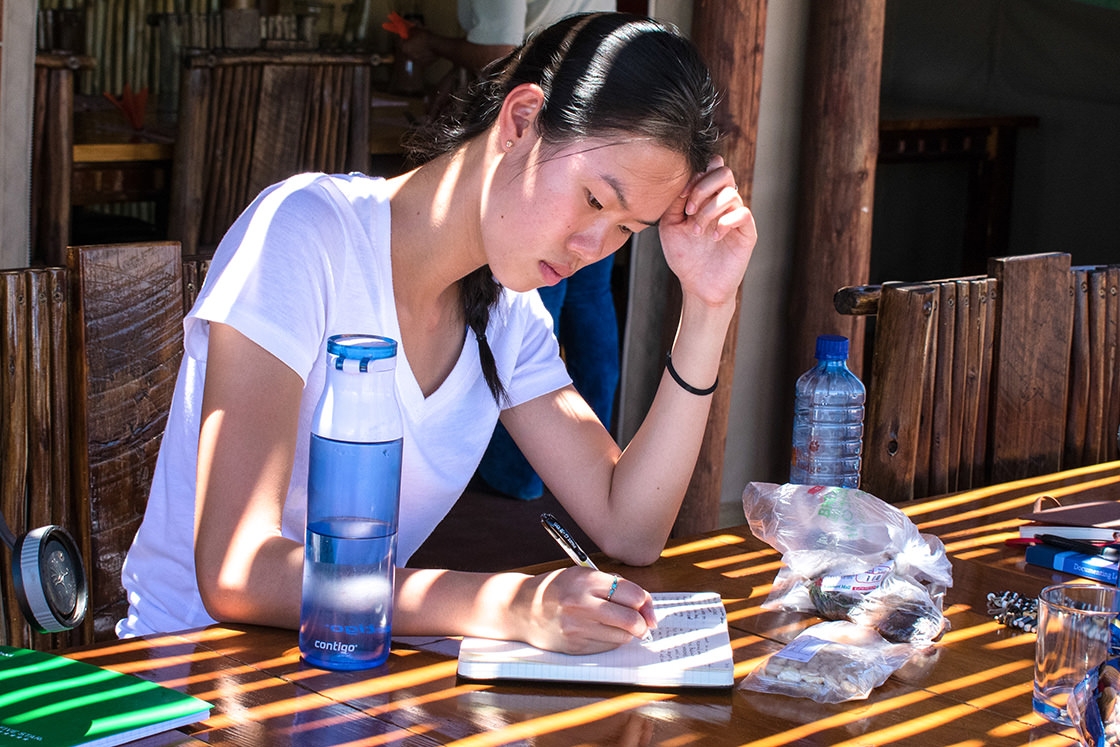
Erica Ng ’19 spends time reflecting on her experience. (Photo by Adam Nemeroff)